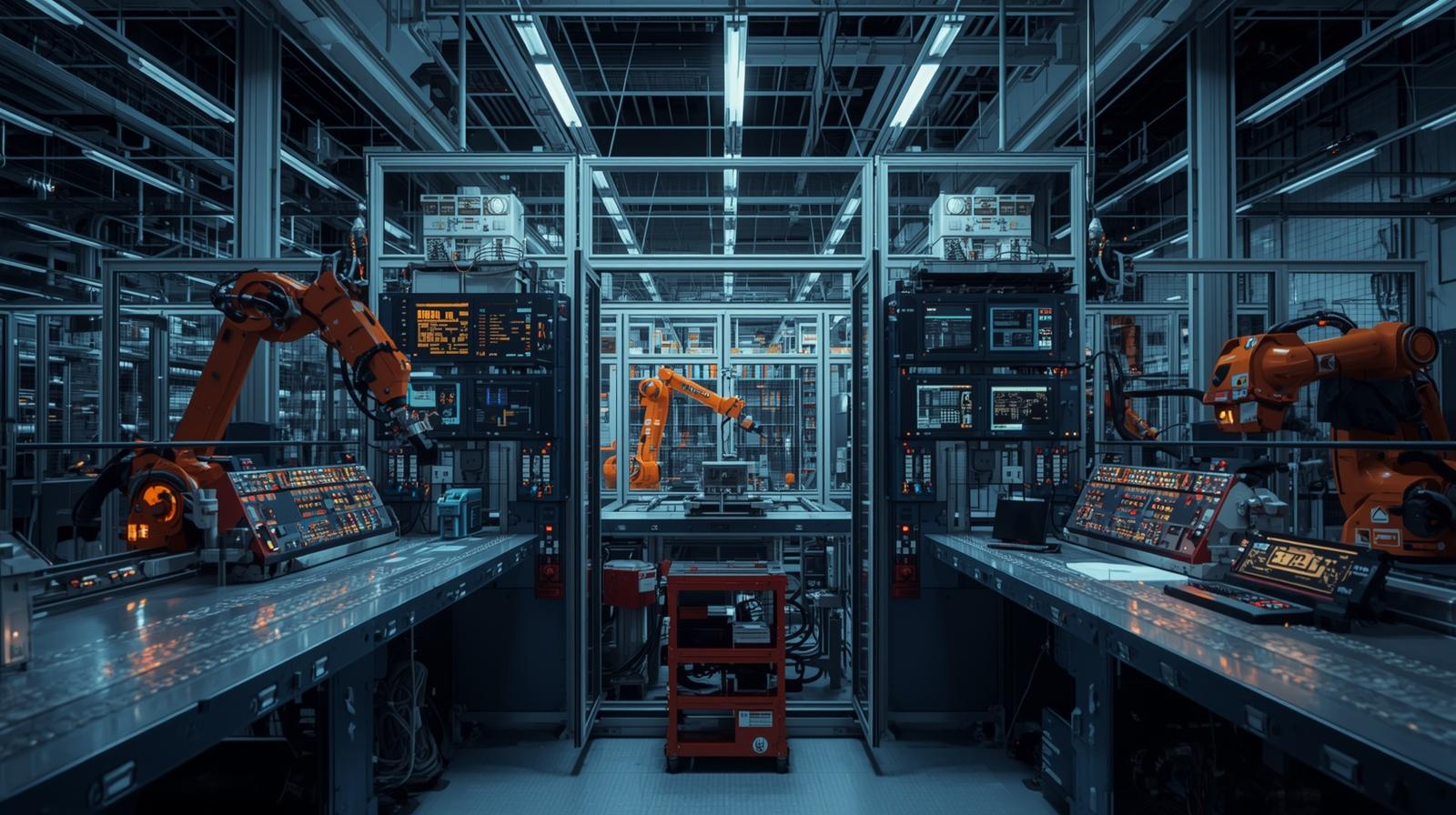In a world driven by efficiency, scalability, and precision, factory automation has emerged as one of the most compelling investment opportunities of the decade. As industries shift toward smarter, data-driven manufacturing processes, automation is no longer a futuristic ideal — it’s a present-day necessity. For investors, this transition opens the door to long-term value creation, strong market growth, and exposure to transformative technologies.
The Shift Toward Smarter Manufacturing
Factory automation refers to the use of control systems, robotics, AI, and machine learning to handle tasks that were once performed manually. It encompasses everything from robotic arms on production lines to predictive maintenance systems powered by IoT sensors. As manufacturers face increasing pressure to produce more with less — less labor, less waste, and less downtime — automation is rapidly becoming the solution of choice.
What makes factory automation especially attractive is its relevance across nearly every sector: automotive, electronics, food and beverage, pharmaceuticals, aerospace, and more. The adoption curve is steepening, and the impact is significant. Companies that invest in factory automation not only improve output and consistency but also build resilience against labor shortages and global supply chain disruptions.
Download PDF Brochure @ https://www.marketsandmarkets.com/pdfdownloadNew.asp?id=541

Why Now is the Right Time to Invest
The timing for investing in factory automation could not be better. The global industrial control & factory automation market is anticipated to grow from USD 255.88 billion in 2024 to USD 399.12 billion by 2029, at a CAGR of 9.3% , fueled by increasing demand for smart factories and Industry 4.0 integration. Much of this growth is being driven by advances in robotics, artificial intelligence, and cloud-connected machinery.
At the same time, governments around the world are incentivizing automation through infrastructure initiatives, tax benefits, and industrial modernization programs. Countries like Germany, Japan, South Korea, and China are aggressively adopting automation to stay globally competitive — and this trend is only accelerating.
From an investor’s standpoint, factory automation is not just a tech play; it’s a convergence of hardware, software, data analytics, and AI — a rare combination that offers diversified growth potential.
Key Investment Segments Within Factory Automation
Several subsectors within factory automation are ripe for investment:
-
Industrial Robots: The backbone of modern assembly lines, with use cases expanding beyond automotive into electronics, food processing, and more.
-
Sensors & IoT: Critical for machine-to-machine communication and predictive maintenance — essential to reducing unplanned downtime.
-
AI and Machine Vision: Enabling smarter decision-making, quality inspection, and adaptive manufacturing in real time.
-
Software & Control Systems: Including programmable logic controllers (PLCs), human-machine interfaces (HMIs), and automation-as-a-service platforms.
These segments offer a range of entry points for investors — from startups building next-gen robotics to established tech giants expanding into industrial AI.
Mitigating Risk with Long-Term Growth
Like any technology-driven sector, factory automation comes with its share of risks — including high initial CAPEX, integration challenges, and workforce reskilling. However, these are transitional challenges, not structural weaknesses. In fact, companies that overcome these barriers often emerge with significant cost advantages and operational agility.
For long-term investors, the key is to look for firms with strong IP, scalable platforms, and proven success in high-growth sectors. Strategic partnerships, recurring revenue models (via automation software), and geographic expansion into Asia-Pacific and North America are also strong indicators of investment viability.
Conclusion: Investing in the Future of Industry
As global industries embrace digitization and automation, the momentum behind smart manufacturing is undeniable. Factory automation is no longer an option — it’s the foundation of competitive, sustainable production. For investors, this represents a golden opportunity to tap into a sector that’s not only growing rapidly but also fundamentally reshaping how the world builds, moves, and delivers.
Now is the time to move — because the factories of the future are already being built today.
Investor FAQ: Factory Automation
Q1: Why is factory automation considered a top investment opportunity right now?
Factory automation is at the core of the global shift toward smart manufacturing. With growing demand for efficiency, precision, and scalability, businesses across industries are rapidly adopting automation technologies — creating long-term growth potential for investors.
Q2: Which industries are driving demand for factory automation?
Key sectors include automotive, electronics, pharmaceuticals, food & beverage, and aerospace. These industries rely heavily on speed, consistency, and compliance — all of which factory automation enhances.
Q3: What technologies are fueling growth in factory automation?
Critical technologies include industrial robots, IoT sensors, machine vision, AI-powered analytics, and automated control systems. Software platforms for predictive maintenance and real-time monitoring are also seeing rapid adoption.
